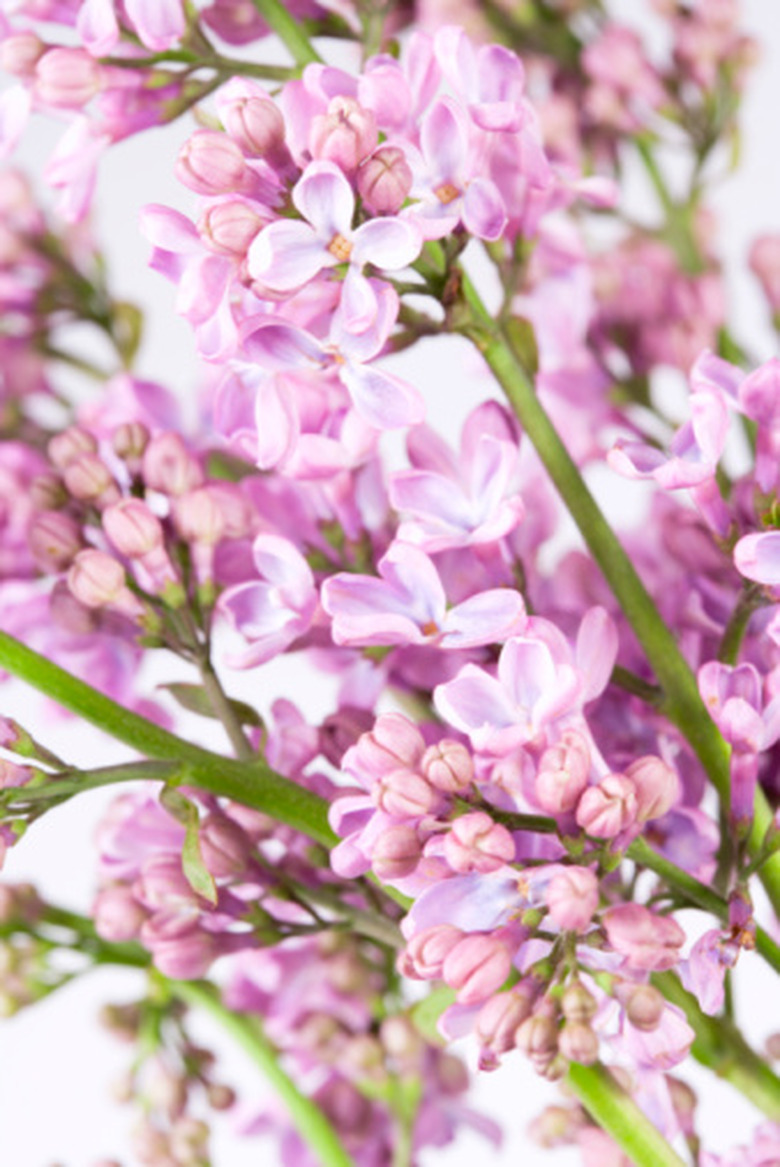What Is The Growth Rate Of A Japanese Lilac Tree?
Tolerant of urban conditions and the attendant pollution and hazards, the Japanese lilac tree also deals well with poor, clay or alkaline soils. The flexibility of the tree means it can find a home in nearly any landscape,
Geography
The growth rate of a Japanese lilac tree, Syringa reticulata, is considered to be moderate by university extension services. It thrives well in U.S. Department of Agriculture plant hardiness zones 3 through 6, with some success in zone 7. Cultivars of the Japanese lilac include Ivory Silk and Summer Snow.
Annual Growth
A large shrub or a small tree, the Japanese lilac adorns itself with white flowers during the summer months. The annual growth rate of the tree is 12 to 18 inches. Although a member of the lilac family, the white appearance of the tree differs substantially from the purplish hue typically associated with lilacs.
Considerations
Due to its moderate growth rate and size, the Japanese lilac is used as a street tree, especially when overhead power lines are present. It is also considered ideal for ornamental gardens, decks and patios. The growth rate of the tree can be affected by pests like lilac borer larvae.
